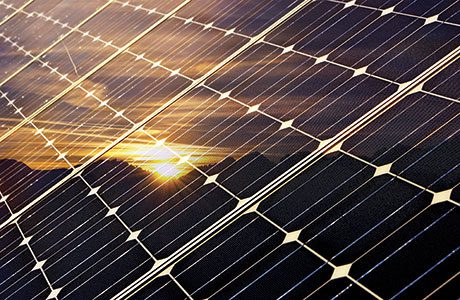
SOLAR electricity is closing in on cost parity with that generated from fossil fuels and conventional power stations, according to a report released in late October by Deutsche Bank. The analysis follows an International Energy Agency (IEA) report in September predicting the dominance of solar in electricity generation by 2050.
The Deutsche Bank report, by solar energy analyst Vishal Shah, outlines a trajectory for solar energy to go mainstream in the US far earlier than conventional wisdom suggested. Specifically, for solar to be the same price or cheaper than average electricity bill prices in 47 US states by 2016.
One reason for solar’s likely dominance is that it just gets cheaper and more efficient over time, as the technology gets better. Fossil fuels, on the other hand, follow the opposite trajectory.
In fact, solar has reached grid parity already, in 10 US states that account for 90 percent of the country’s solar electricity production.
The report says that the 1GW of solar installations completed in 2013 is set to rise six fold by 2016. At the same time the cost of finance for solar projects will fall, from between seven and nine per cent to around 5.4 per cent by 2015, which should provide a boost for emerging financing models such as yieldcos and solar loans.
A report by the IEA – a key regulatory body for the global energy industry – in September said solar photovoltaic (PV) systems could generate up to 16 percent of the world’s electricity by 2050, while solar thermal electricity (STE) – from “concentrating” solar power plants – could provide a further 11 percent.
Solar photovoltaic (PV) is the fastest growing renewable energy technology in the world.







